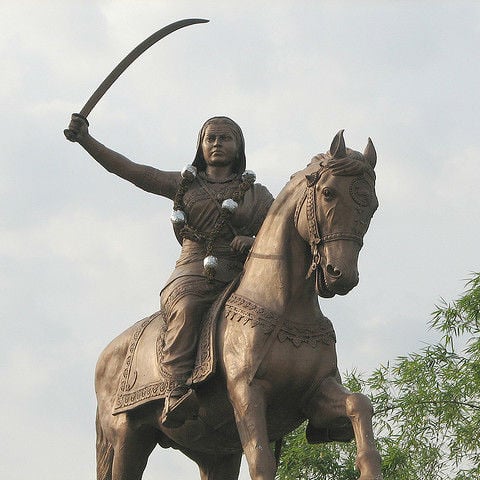
Rani Chennamma : Valiant Queen who fought against British
|
“She did not step back looking at the mighty army of British,
but fought with great vigour, expertise skill and courage.”
Index
- Introduction of Rani Chennamma
- Early Life of Rani Chennamma
- Rani Chennamma during British Rule
- War against the British
Introduction of Rani Chennamma
Early Life
Rani Chennamma was married to Mallasarja Desai, ruler of Kittur at the age of 15. Her married life seemed to be a sad tale after her husband died in 1816. With this marriage she had only one son, but fate seemed to play a tragic game in her life. Her son breathed his last in 1824, leaving the lonely soul to fight against the British rule.
Queen Chennamma during the British rule
The state of Kittur came under the administration of Dharwad collectorate in charge of Mr. Thackeray. Mr. Chaplin was the commissioner of the region. Both did not recognize the new ruler and the regent, and informed that Kittur had to accept the British regime.
War against the British
The humiliation of defeat at the hands of a small ruler was too much for the British to swallow. They brought in bigger armies from Mysore and Sholapur and surrounded Kittur.
Rani Chennamma tried her best to avoid war; she negotiated with Chaplin and Governor of Bombay Presidency under whose regime Kittur fell. It had no effect. Chennamma was compelled to declare war. For 12 days, the valiant Queen and her soldiers defended their fort, but as is the common trait, traitors sneaked in and mixed mud and dung in the gunpowder in the canons. The Rani was defeated (1824 CE). She was taken a prisoner and kept in the fort of Bailhongal for life. She spent her days reading holy texts and performing pooja till her death in 1829 CE.
Kittur Rani Chennamma could not win the war against British, but she etched her presence for many centuries in the world of history. Along with Onake Obavva, Abbakka Rani and Keladi Chennamma, she is much revered in Karnataka as an icon of bravery.
Rani Chennamma has become a legend. During the freedom movement, her brave resistance to British formed theme of plays, songs, and song stories. Folk songs or lavanis were a legion and freedom struggle got a good boost through singing bards who moved throughout the region.
It is heartening news that a statue of Kittur Chennamma was installed in the Parliamentary Building premises at New Delhi on 11th September 2007. It is the most fitting tribute to a brave queen, who was the earliest ruler in Bharat to fight the British rule.

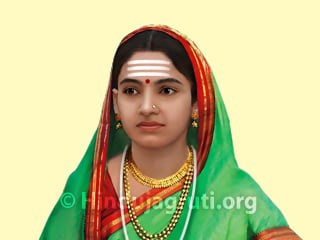
 Life History of Subhash Chandra Bose : Father of the Indian Freedom
Life History of Subhash Chandra Bose : Father of the Indian Freedom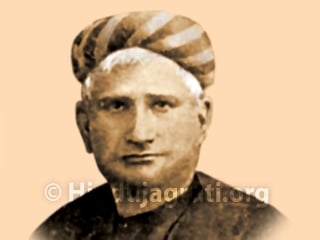 Bankim Chandra Chattopadhyay - The composer of National Song ‘Vande Mataram’
Bankim Chandra Chattopadhyay - The composer of National Song ‘Vande Mataram’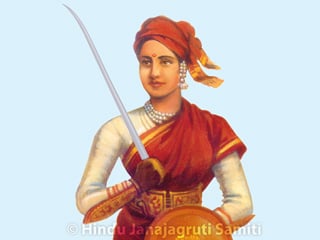 Jhansi ki Rani - Rani Lakshmi Bai
Jhansi ki Rani - Rani Lakshmi Bai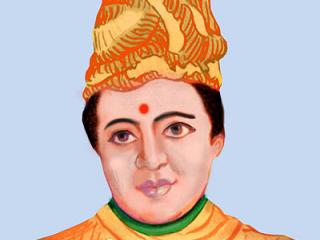 Rani Tapaswini: Combination of Brahmatej and Kshatratej
Rani Tapaswini: Combination of Brahmatej and Kshatratej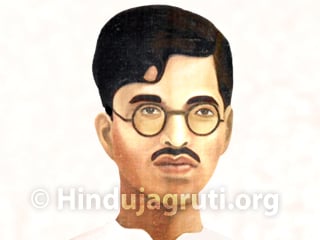 Martyr Annasaheb Kotwal
Martyr Annasaheb Kotwal
plz tell me name of the channamma’s parents